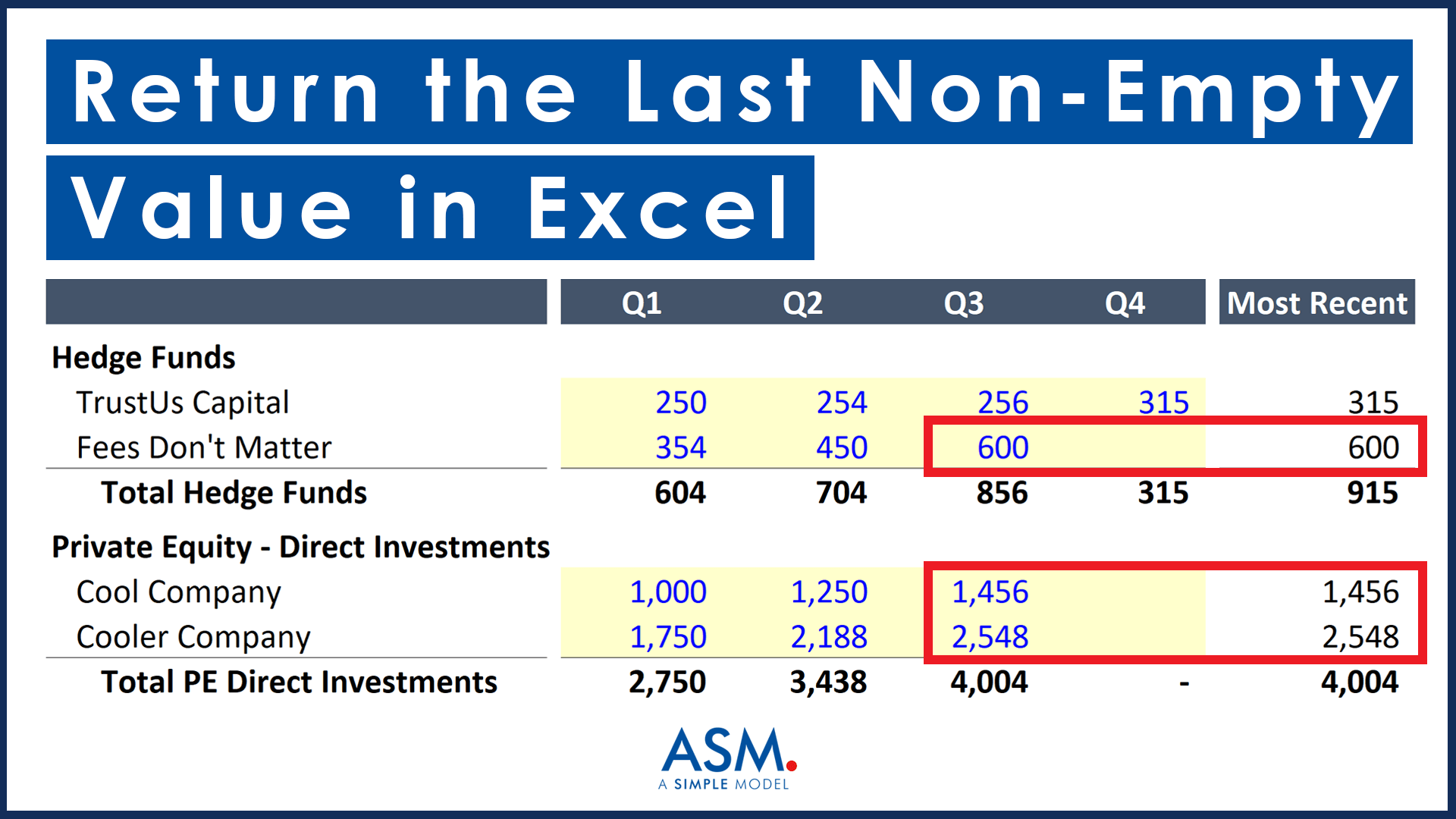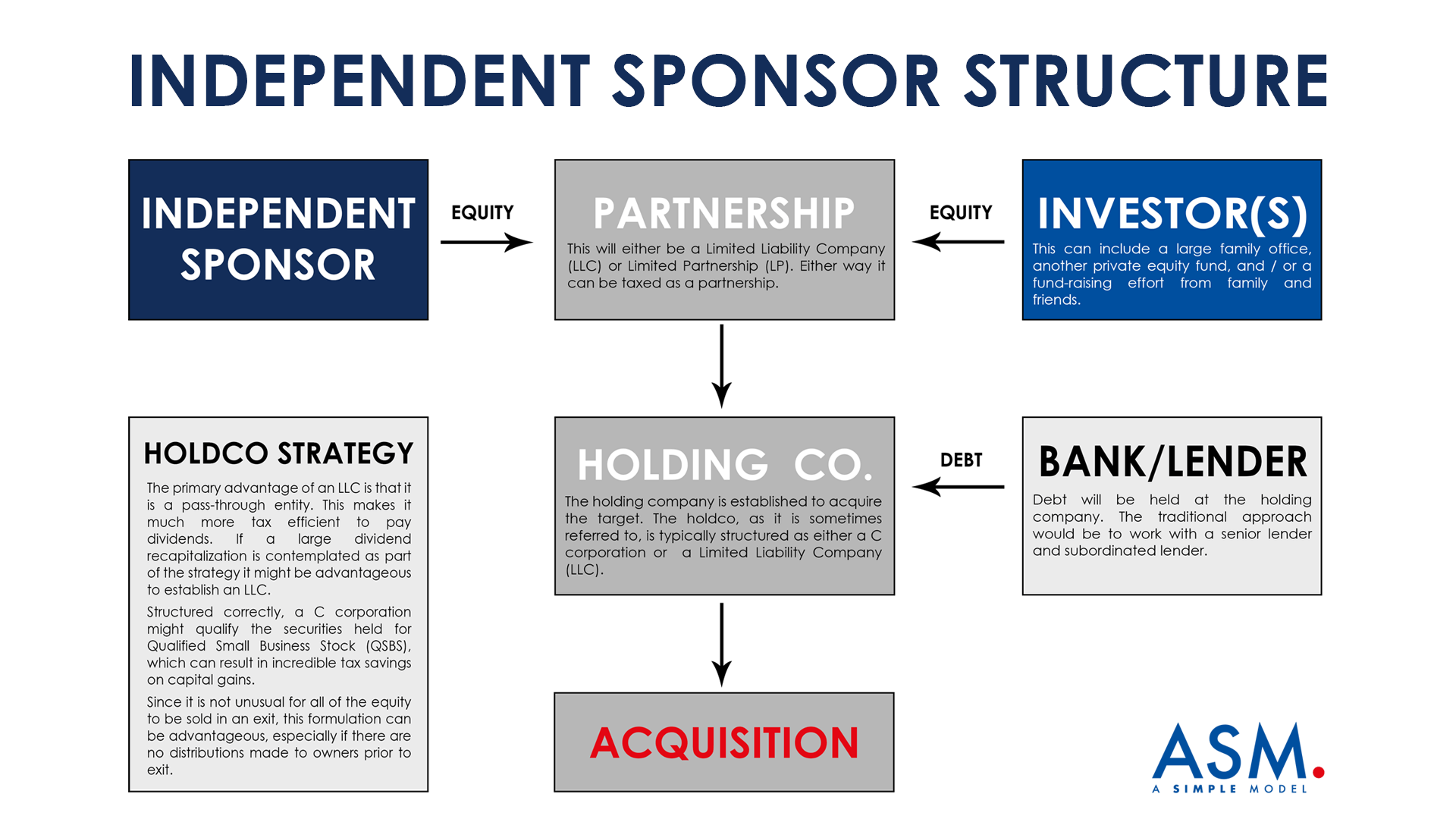Insights
Return the Last Non-Empty Value in a Row or Column in Excel

Get the last non-empty cell value in a row or column in Excel. This post includes a video and Excel template for download.
Apple's Metaverse Advantage: Tech & Luxury

Recent headlines about Apple’s market cap crossing the three-trillion dollar threshold and the race for the metaverse caused me to think back to a comment Scott Galloway made in his book The Four. Compared against Facebook, Google and Amazon, he wrote that Apple stood “alone as a luxury brand.”
What My Father Taught Me About Teaching

My father passed away peacefully on December 30th. The photo is from a time before I knew him, taken when he was 27 years old as a professor at the Harvard Business School. I chose it because he thought that one of the best things you can do in life is to help people learn and grow.
Becoming an Independent Sponsor

Last week I was lucky enough to interview Mason Barrett on his decision to set out as an independent sponsor. For those of you unfamiliar with this career track, Independent Sponsors pursue entrepreneurship through acquisition; his intention is to identify a company and raise capital to acquire it.
How to Get a Post-MBA Job in Private Equity

This interview is focused on getting a post-MBA or “partner track” job in private equity. My guest, Brett Lacher, has secured private equity jobs at the associate, senior associate and VP level. He also taught a course on the subject at Columbia University where he earned his MBA.